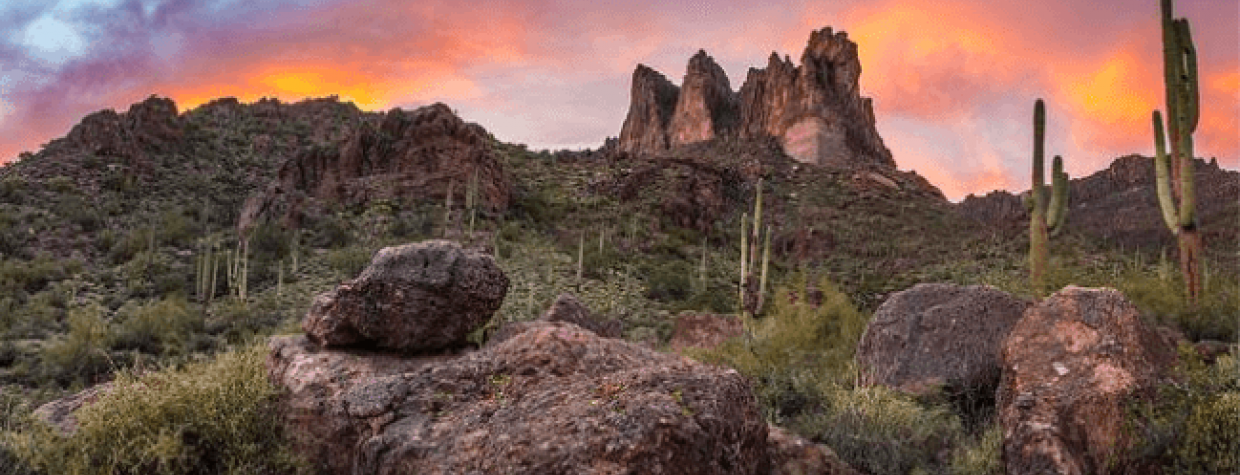EDITOR’S NOTE: Each afternoon in September, in honor of the 50th anniversary of the Wilderness Act, we’re spotlighting three of Arizona’s 90 wilderness areas. For more information about any of the state’s wilderness areas, visit Wilderness.net, a collaboration between several wilderness-related organizations. The information here comes from that site and the wilderness areas’ managing agencies. Always contact the managing agency before visiting a wilderness to learn about any restrictions that may be in effect. To see our entire Wild Arizona series, click here.
Superstition Wilderness
Among Arizona’s most iconic wilderness areas, this place provides ample hiking opportunities on 180 miles of trails. Two of them, the Peralta and First Water trails, receive 80 percent of the Superstitions’ annual human traffic. Other trails are virtually deserted. Pack plenty of water and exercise extreme caution in summer.
Location: East of Phoenix
Established: 1964
Size: 159,757 acres
Managed by: U.S. Forest Service
Contact: Mesa Ranger District, 480-610-3300 or www.fs.usda.gov/tonto
White Canyon Wilderness
White Canyon features 800-foot walls, eroded formations and numerous side canyons, along with saguaros and other desert plants. When summer monsoon storms flood the area, look for waterfalls and quiet pools. Black bears and mountain lions are permanent residents here.
Location: South of Superior
Established: 1990
Size: 5,800 acres
Managed by: Bureau of Land Management
Contact: Tucson Field Office, 520-258-7200 or www.blm.gov/arizona
Woolsey Peak Wilderness
You’ll find rugged topography and scenic vistas in this wilderness, which is dominated by 3,270-foot Woolsey Peak. An especially inviting region for desert backpacking, you’re likely to spot desert bighorn sheep, mule deer, bobcats, hawks and owls here.
Location: Northwest of Gila Bend
Established: 1990
Size: 64,000 acres
Managed by: Bureau of Land Management
Contact: Lower Sonoran Field Office, 623-580-5500 or www.blm.gov/arizona

